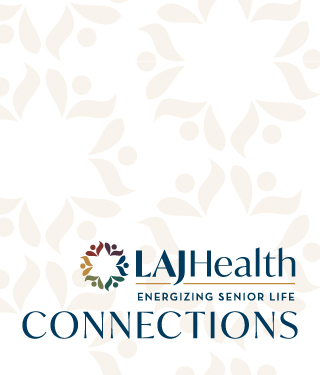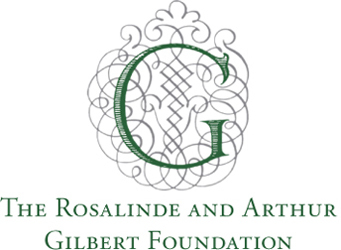Gilbert Foundation Grant Supports Employee Education on Alzheimer’s Disease


Gilbert Foundation Grant Supports Employee Education on Alzheimer’s Disease

The Goldenberg•Ziman Special Care Center at the Jewish Home provides exceptional care for individuals with Alzheimer's disease and dementia, and support for their families. The Center is known for its award-winning design, pioneering practices and technologies, and compassionate care.
One way the Goldenberg•Ziman Center excels in specialty care for seniors with Alzheimer’s disease and dementia is through employee instruction and training. Since its opening in 2002, the Goldenberg•Ziman Center has incorporated the “universal-worker” concept, where all staff members are involved in the residents’ care.
To continue the tradition of excellence at the Center and in the Home as a whole, further staff education was needed. A grant from the Rosalinde and Arthur Gilbert Foundation was received to make the training possible.
In order to develop a detailed Alzheimer’s disease caregiver training manual and toolkit, the Eisenberg Village (EV) administrative team partnered with University of California, Los Angeles associate professor and gerontologist Lené Levy-Storms, PhD.
Before selecting the curriculum for staff training, the administrative team surveyed the Home’s most experienced Alzheimer’s disease and dementia experts. After collecting data from 59 Jewish Home employees in one-on-one interviews, the team was able to capture valuable information about the staff’s best practices, personal experiences, and insights.
This information helped the Home’s administrative team create a detailed lesson plan that is now used in an extensive eight hour training session to be completed by all EV employees this month.
“These educational sessions are just one of the many ways we provide specialized training to our staff,” said Susan Leitch, community manager at the Goldenberg∙Ziman Special Care Center and Factor Nursing Building. “Our number one goal is to provide all of our seniors with the best care possible. Thanks to the generous grant from the Gilbert Foundation, we are able to give our staff the tools they need to serve our seniors with exceptional care.”
EV administrator Douglas Tucker considers the training session a fantastic learning experience for all employees. “By hosting educational sessions, our entire staff is able to benefit from the knowledge and experience of the Goldenberg•Ziman Center’s expert staff,” Douglas noted.
“The training we received provided me with clear guidelines on how to engage with seniors suffering from Alzheimer’s disease,” says Eisenberg Village certified nurse assistant Raquel Jaramillo. “Now I know how to learn from each individual and their unique situation in order to enhance their quality of care.”
For more information about the Jewish Home's Goldenberg•Ziman Special Care Center, please contact Susan Leitch, community manager, at [email protected] or (818) 774-3113 or visit our website.